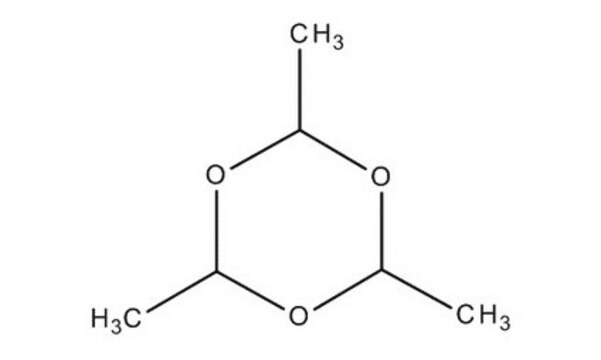Kluczowe dokumenty
CRM72839
EPN
certified reference material, TraceCERT®, Manufactured by: Sigma-Aldrich Production GmbH, Switzerland
Synonim(y):
O-Ethyl O-(4-nitrophenyl) phenylphosphonothioate
About This Item
Polecane produkty
klasa czystości
certified reference material
TraceCERT®
Poziom jakości
linia produktu
TraceCERT®
okres trwałości
limited shelf life, expiry date on the label
producent / nazwa handlowa
Manufactured by: Sigma-Aldrich Production GmbH, Switzerland
Format
neat
temp. przechowywania
2-8°C
ciąg SMILES
CCOP(=S)(Oc1ccc(cc1)[N+]([O-])=O)c2ccccc2
InChI
1S/C14H14NO4PS/c1-2-18-20(21,14-6-4-3-5-7-14)19-13-10-8-12(9-11-13)15(16)17/h3-11H,2H2,1H3
Klucz InChI
AIGRXSNSLVJMEA-UHFFFAOYSA-N
Szukasz podobnych produktów? Odwiedź Przewodnik dotyczący porównywania produktów
Powiązane kategorie
Opis ogólny
Certyfikowana zawartość za pomocą ilościowego NMR wraz z niepewnością i datą ważności są podane na certyfikacie.
Pobierz certyfikat na stronie: http://www.sigma-aldrich.com
EPN jest niesystemowym insektycydem fosforoorganicznym, który hamuje aktywność acetylocholinoesterazy (AChE) i powoduje nadmierne pobudzenie. Aktywowany przez kontakt i spożycie, jest stosowany do ochrony przed larwami lepidoptera i innymi larwami zjadającymi liście.
Zgodnie z rozporządzeniem (WE) nr 1107/2009, uchylającym dyrektywę 91/414/EWG, EPN nie jest zatwierdzony do stosowania w Unii Europejskiej jako środek ochrony roślin.
Zastosowanie
EPN CRM może znaleźć następujące zastosowania:
- Opracowanie metody analizy 142 pozostałości insektycydów w próbkach chwastów i upraw rolnych poprzez ekstrakcję dyspersyjną w fazie stałej (d-SPE) i oznaczanie metodą chromatografii cieczowej ze spektrometrią mas (LC-MS).
- Jednoczesna analiza pozostałości ośmiu pestycydów w liściach zielonej herbaty i próbkach naparu za pomocą chromatografii gazowej (GC) z detektorem wychwytu mikroelektronów (μECD), a następnie potwierdzenie za pomocą GC/tandemowej spektrometrii mas (GC/MS/MS).
- Zastosowanie chromatografii cienkowarstwowej/bezpośredniej analizy w spektrometrii mas czasu rzeczywistego (TLC/DART-TOFMS) wraz z techniką rozcieńczania izotopów do oznaczania insektycydów fosforoorganicznych w próbkach pierogów i grejpfrutów.
- Wielokrotna analiza 131 pozostałości pestycydów w różnych rodzajach próbek herbaty za pomocą dyspersyjnej ekstrakcji do fazy stałej (d-SPE) i chromatografii żelowo-permeacyjnej-chromatografii gazowej-tandemowej spektrometrii mas (GPC-GC-MS/MS).
- Jakościowa i ilościowa analiza 412 pozostałości pestycydów z różnych klas chemicznych w próbkach bawełny przy użyciu GC-MS/MS i LC-MS/MS
- Badanie obecności 160 pozostałości pestycydów jednocześnie w próbkach rumianku, tymianku i majeranku za pomocą GC-MS/MS
Polecane produkty
Informacje prawne
Hasło ostrzegawcze
Danger
Zwroty wskazujące rodzaj zagrożenia
Zwroty wskazujące środki ostrożności
Klasyfikacja zagrożeń
Acute Tox. 1 Dermal - Acute Tox. 2 Oral - Aquatic Acute 1 - Aquatic Chronic 1
Kod klasy składowania
6.1A - Combustible acute toxic Cat. 1 and 2 / very toxic hazardous materials
Klasa zagrożenia wodnego (WGK)
WGK 3
Temperatura zapłonu (°F)
Not applicable
Temperatura zapłonu (°C)
Not applicable
Wybierz jedną z najnowszych wersji:
Certyfikaty analizy (CoA)
It looks like we've run into a problem, but you can still download Certificates of Analysis from our Dokumenty section.
Proszę o kontakt, jeśli potrzebna jest pomoc Obsługa Klienta
Masz już ten produkt?
Dokumenty związane z niedawno zakupionymi produktami zostały zamieszczone w Bibliotece dokumentów.
Global Trade Item Number
| SKU | GTIN |
|---|---|
| CRM72839-50MG | 4065266168150 |
| CRM72839-100MG | 4065265038492 |
Nasz zespół naukowców ma doświadczenie we wszystkich obszarach badań, w tym w naukach przyrodniczych, materiałoznawstwie, syntezie chemicznej, chromatografii, analityce i wielu innych dziedzinach.
Skontaktuj się z zespołem ds. pomocy technicznej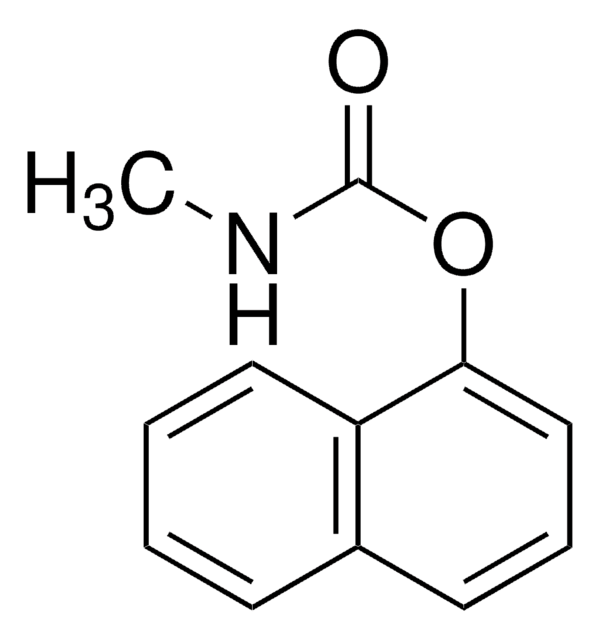
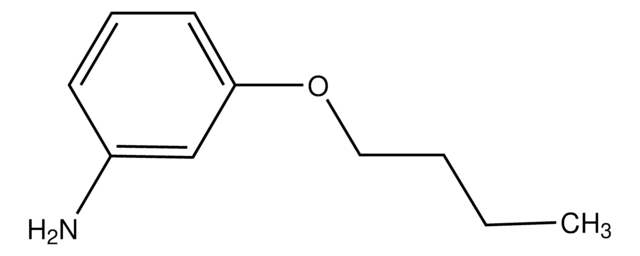
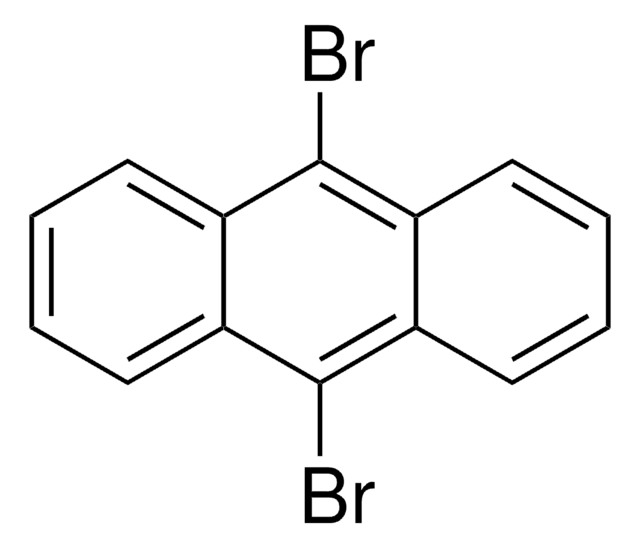

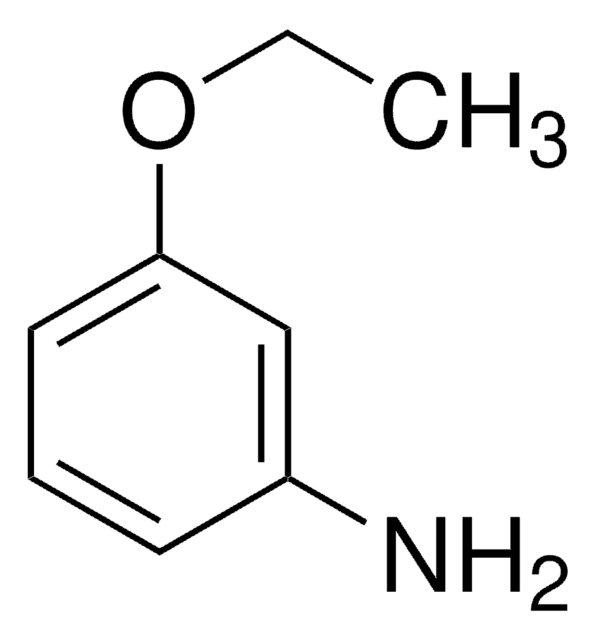
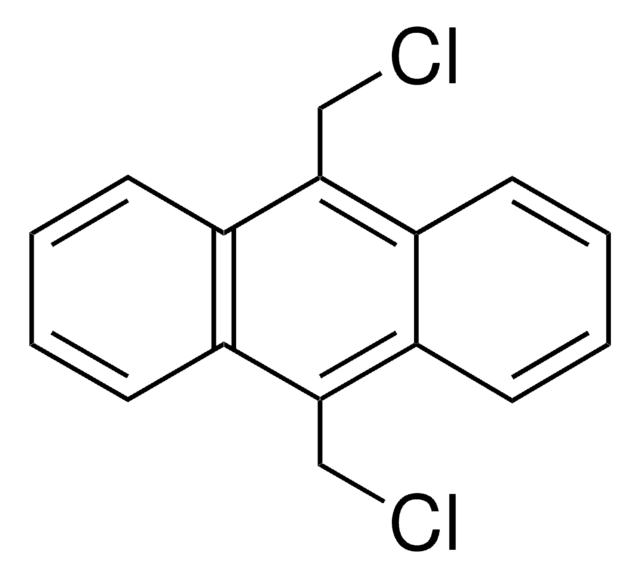

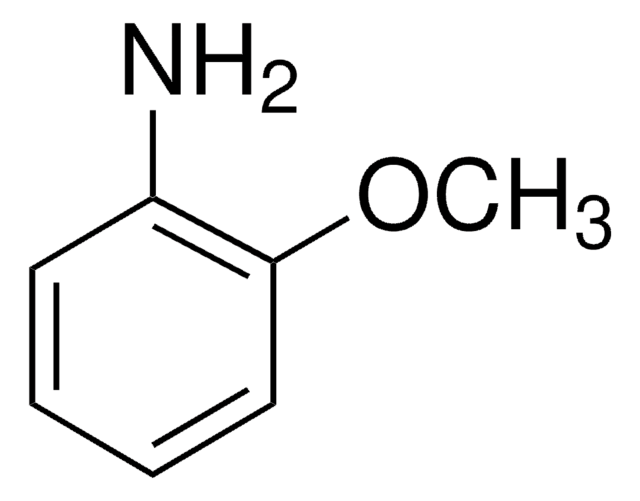
![N-[(3-(Anilinomethylene)-2-chloro-1-cyclohexen-1-yl)methylene]aniline monohydrochloride 94%](/deepweb/assets/sigmaaldrich/product/structures/779/226/f13a515f-1e57-497c-9450-4729b6b5cb79/640/f13a515f-1e57-497c-9450-4729b6b5cb79.png)
